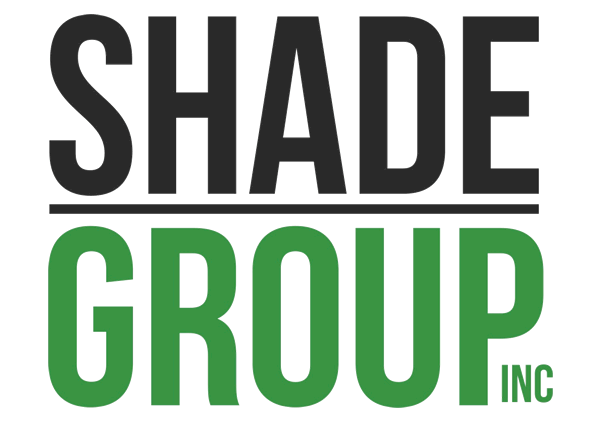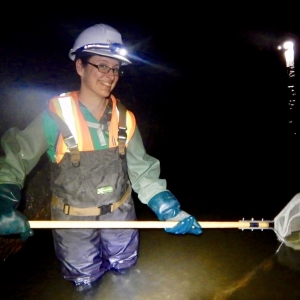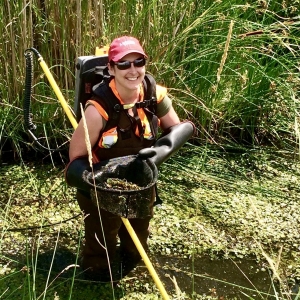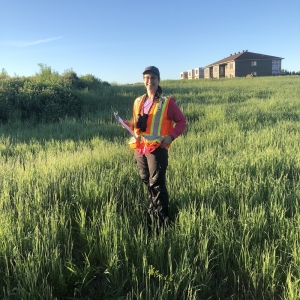Environmental Impact Statements
We are the professionals for environmental services in the Ottawa and surrounding area!
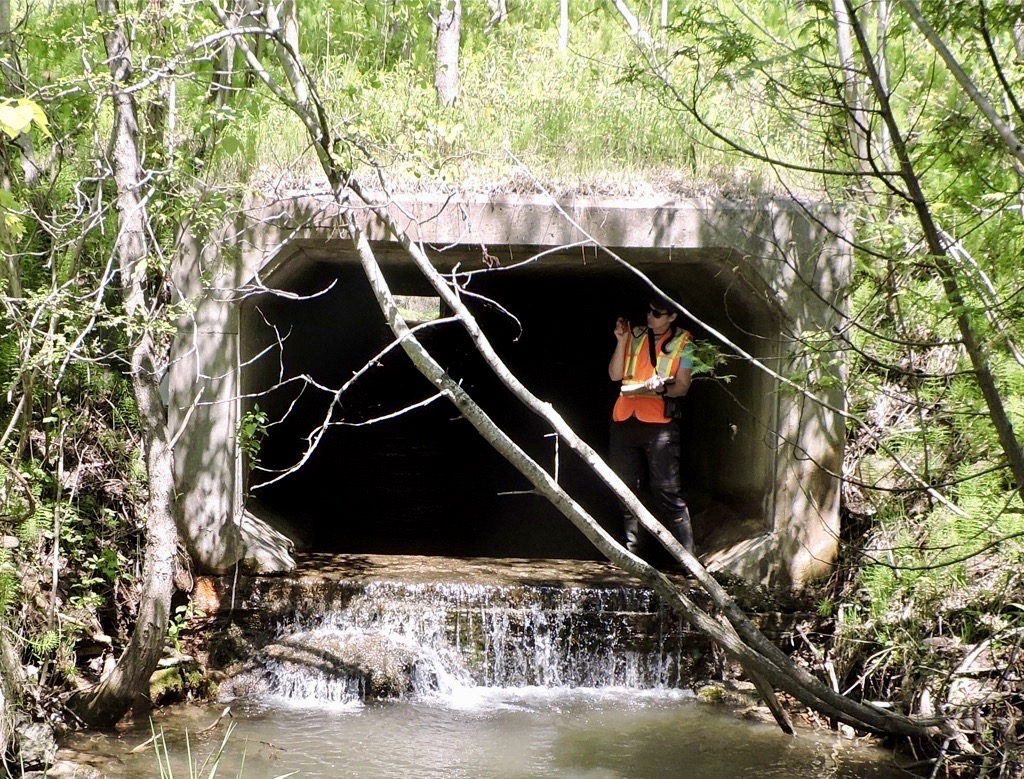
So you’d like to develop your property, but the approval agency (City of Ottawa, local Township, or the conservation authority) has said that you need an Environmental Impact Statement (EIS) before you can go any further with the process. Shade Group is here to help guide you.
What is an Environmental Impact Statement?
The purpose of an EIS is to identify potential impacts to natural features (such as trees, wildlife, etc.) and their functions, that may occur as a result of your proposed development.
Depending on whether the City has requested a “full” or “scoped” EIS, the process can involve one or more site visits conducted by our staff during the growing season (i.e., May to mid-September). During these visits we record and take inventory of all plants, animals, and habitat that we observe at the time of our visit.
The end product of the EIS is a report that provides
- an overview of the proposed development (i.e. your garage, a new house, etc.),
- background information we have collected about the property (e.g., what species at risk are known to be on the property), and
- observations recorded during the site visit(s). This information is used to provide an opinion on whether there may (or may not) be environmental impacts as a result of the proposed project.
- Our report will also include proposed mitigation to reduce potential negative impacts.
- It may also provide actions that could be taken to enhance natural features and their functions, on or adjacent to the site. One example might be leaving an undisturbed strip of land alongside a watercourse, rather than building at the edge of the natural feature.
Why and When are EIS Reports Generally Required?
Approval agencies (i.e. the City of Ottawa, Township or conservation authority) use an EIS as a tool to make decisions on whether or not a proposed project is compatible with their policies, or if changes to the proposed project are needed prior to giving their approval.
The approval agency will look at your proposal, review their information resources, and decide whether they feel there may be potential negative impacts to the existing wildlife and habitat if your project was to proceed as proposed. Shade Group staff are well-versed in working with approval agencies in and around the Ottawa Valley to work towards mutually beneficial solutions.
The features the approval agencies are concerned with may be anything from species at risk habitat, wetlands, fish habitat, significant woodlands, or even the small stream that only flows in the spring through the middle of the property you want to develop. If the approval agency believes there may be one or more of these features on or near your proposed project, they will ask you to complete an EIS. The majority of rural development projects will require an EIS. Projects in suburban or downtown areas are less likely to need an EIS.
One thing to remember is that in the eyes of the approval agency, development can be shovels in the ground, or it can also refer to a severance, which although they may just be lines on a drawing, generally represent potential future development.
Timing of an EIS
Although a report can be written at any time of year, the crucial existing conditions information collected in the field can only be collected during the growing season (i.e., May to mid-September). If we cannot see the plants (e.g., due to snow cover), or if the animals are hibernating or have gone south, we are not able to get an accurate picture of what natural features are present on site.
That does not mean that if you reach out to us in November, we cannot start on the EIS process though. There is still lots of background information we can gather for your property without ever having seen the site. Shade Group staff can start gathering the necessary information, filling in the blanks with a field visit in the spring.
If you have been asked to provide an EIS for your project, please fill out the Request an Estimate form and we’ll get right back to you. Note that we generally respond within 24-48 hours - so if you haven't received a response - check your junk mail!
